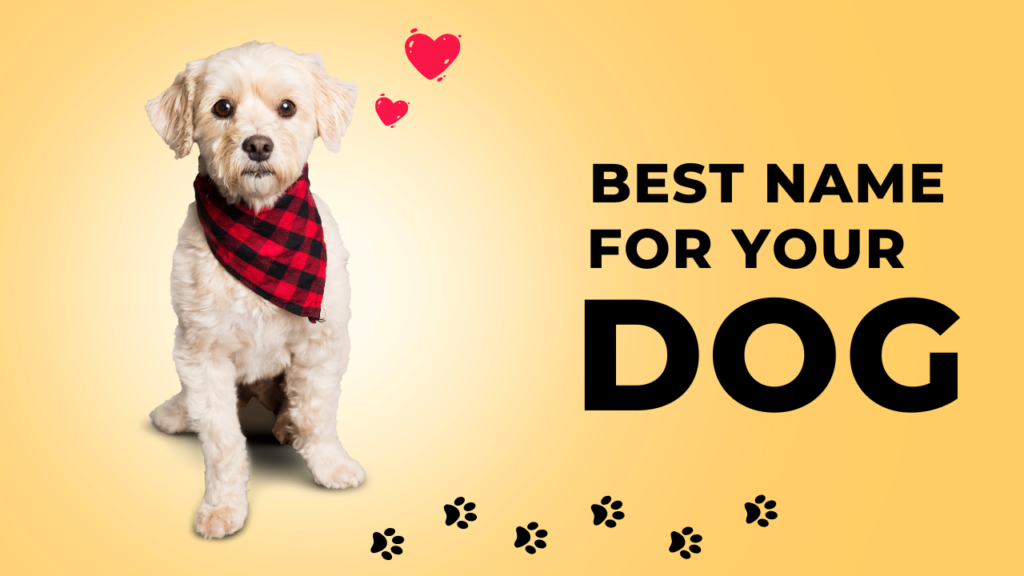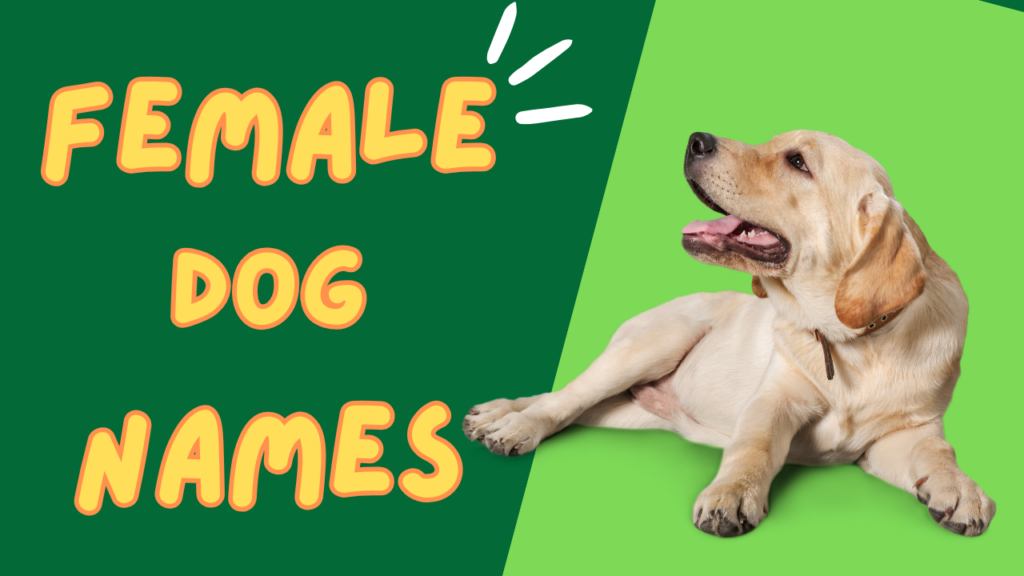Among the many terrier breeds, the Dandie Dinmont Terrier stands out not just for its unique appearance, but also for its rich history and charming personality. Small but determined, affectionate yet spirited, the Dandie Dinmont is a true hidden gem among dog breeds. With its distinctive topknot of hair and long, low body, this terrier is an endearing combination of toughness and tenderness.
A Proud and Storied Past
The Dandie Dinmont Terrier has a colorful history that dates back to the early 18th century in the border regions of Scotland and England. Bred by farmers and gypsies to hunt otters and badgers, the Dandie was highly prized for its strength, courage, and ability to go to ground after tough quarry.
Interestingly, the breed owes its name to a fictional character — Dandie Dinmont — from Sir Walter Scott’s 1815 novel Guy Mannering. The character was a farmer who owned a pack of these tough little terriers. The breed’s connection to literature is unique, as it is the only dog breed named after a fictional character.
The Dandie was once a favorite of the British aristocracy, including Queen Victoria, and was one of the early breeds to be formally recognized by dog clubs in the 19th century.
Distinctive Appearance
The Dandie Dinmont Terrier has one of the most distinctive looks in the canine world. They are small but sturdy dogs, standing about 8 to 11 inches tall at the shoulder and weighing between 18 and 24 pounds.
Their bodies are long and low, supported by short but powerful legs. Their large, expressive eyes give them a wise and soulful look, while their soft, fluffy topknot of hair on the head sets them apart visually from other terriers.
The Dandie’s coat is a mixture of hard and soft hair, providing both protection and a stylish appearance. Coat colors are traditionally classified as “pepper” (blueish-gray) or “mustard” (reddish-brown), both with characteristic shading and highlights. Their coats require regular grooming to prevent matting and to keep them looking their best.
Temperament and Personality
Beneath their charming appearance, Dandie Dinmont Terriers are classic terriers at heart — brave, independent, and spirited. However, compared to some of their more excitable terrier cousins, Dandies tend to be calmer and more thoughtful.
They are affectionate with their families and often form deep bonds with their owners. Known for being both dignified and playful, Dandies are wonderful companions for those who appreciate a dog with character and individuality.
Though small, they possess a bold and courageous spirit. Historically bred to hunt formidable prey, they still carry that fearless attitude today. However, they are not aggressive by nature and tend to be polite with strangers if properly socialized.
Dandies are also known for their cleverness. They can be independent thinkers, which sometimes translates into a stubborn streak. However, with positive reinforcement and consistent training, they are eager and capable learners.
Exercise and Training Needs
Dandie Dinmont Terriers enjoy a moderate amount of exercise. Daily walks, play sessions, and occasional adventures outdoors suit them perfectly. They love to explore and dig, traits inherited from their hunting days.
Training a Dandie requires patience and consistency. They are intelligent and can master commands quickly, but they may decide to ignore instructions if they don’t see the point. Making training sessions fun and rewarding is key to keeping their interest.
Early socialization is important to help Dandies grow into well-rounded adults. Exposure to different people, places, and experiences helps ensure they remain confident and friendly.
Health and Care
Dandie Dinmont Terriers are generally a healthy breed but, like all dogs, they are prone to certain health conditions. Some of the issues seen in the breed include:
- Intervertebral Disc Disease (IVDD): Due to their long backs, Dandies can be prone to spinal problems.
- Glaucoma: Eye health should be monitored regularly.
- Hypothyroidism: A manageable condition affecting the thyroid gland.
Regular vet check-ups, a healthy diet, and maintaining an appropriate weight can help minimize health risks.
Their distinctive coat needs regular brushing, about two to three times a week, to prevent tangles and mats. Occasional professional grooming or hand-stripping will keep the coat in top condition.
Ideal Home Environment
The Dandie Dinmont Terrier is adaptable and can thrive in both apartments and houses, provided they get enough exercise and mental stimulation. They enjoy having a secure yard to explore but are just as happy curling up on the couch beside their family.
They tend to get along well with older children who understand how to interact with a small dog. They can live with other pets if properly introduced, though their strong prey drive means caution is needed around small animals.
Dandies do not like being left alone for long periods and thrive in homes where they can be part of the family activities.
Conclusion
The Dandie Dinmont Terrier is a breed full of charm, courage, and character. With their unique looks, loving personalities, and manageable size, they make excellent companions for the right owners. Whether chasing a ball, cuddling on the sofa, or simply gazing at you with those wise, soulful eyes, a Dandie brings a special joy to any home.
For those seeking a loyal, spirited, and truly distinctive friend, the Dandie Dinmont Terrier is an unforgettable choice.



